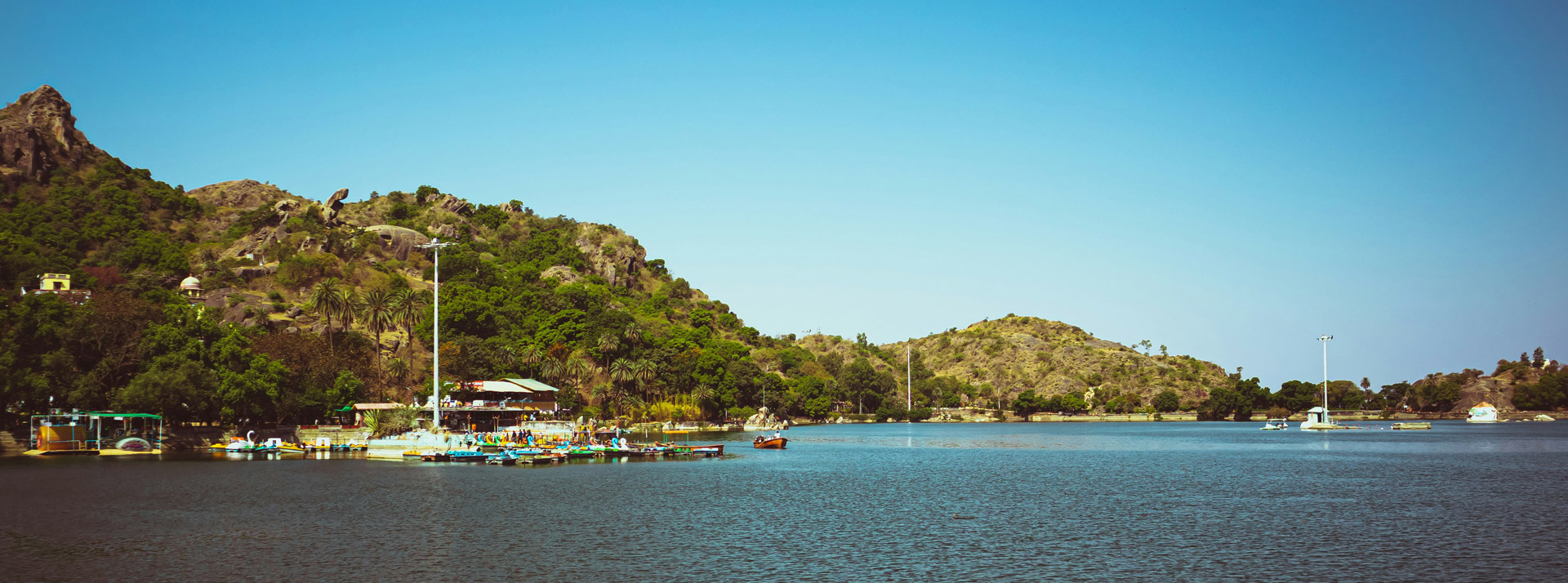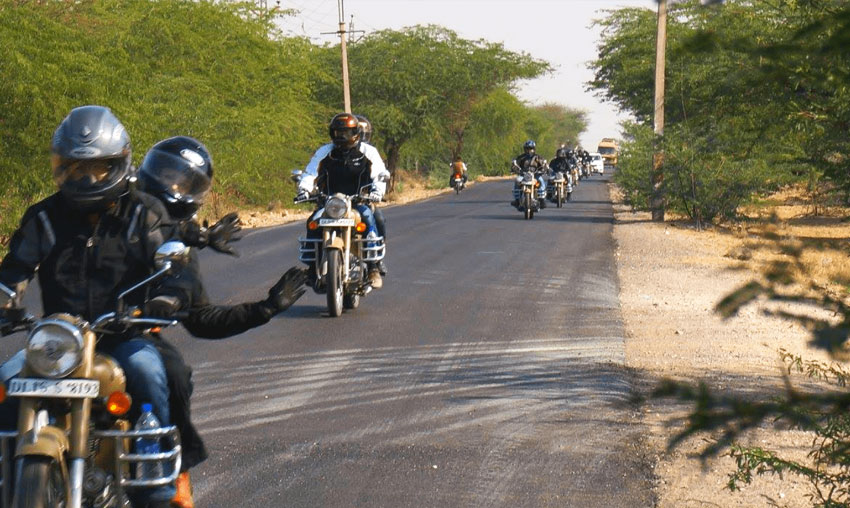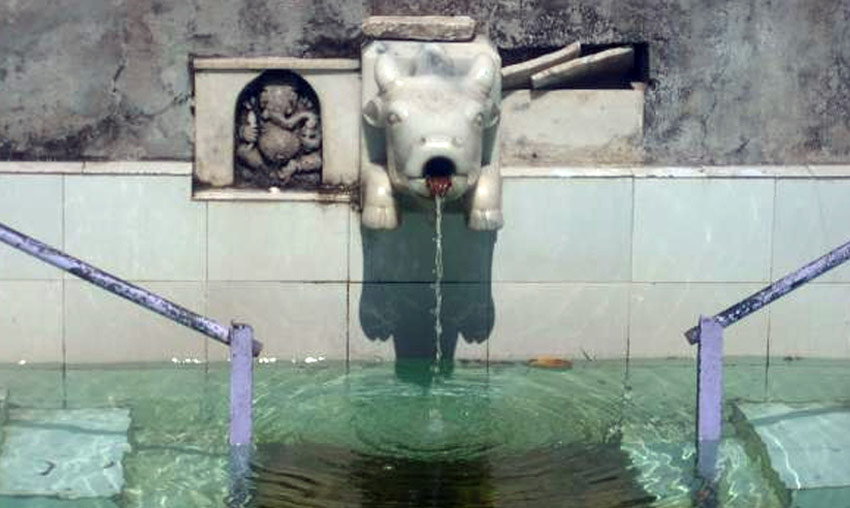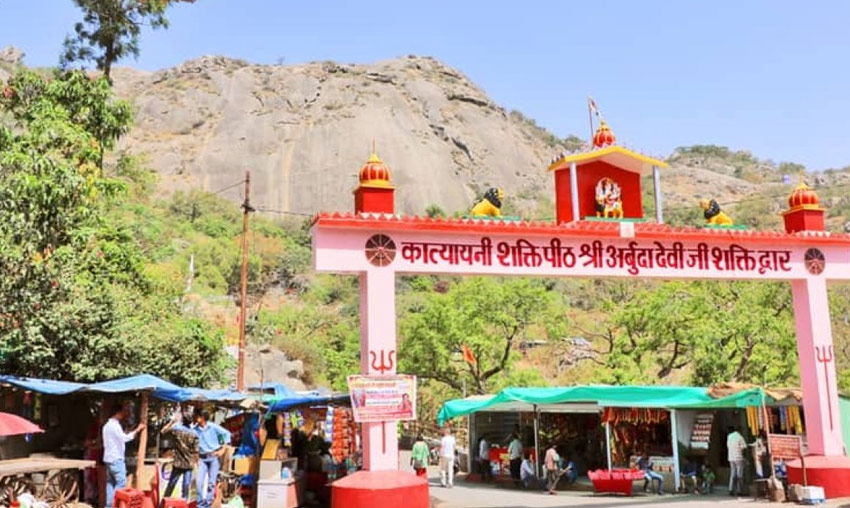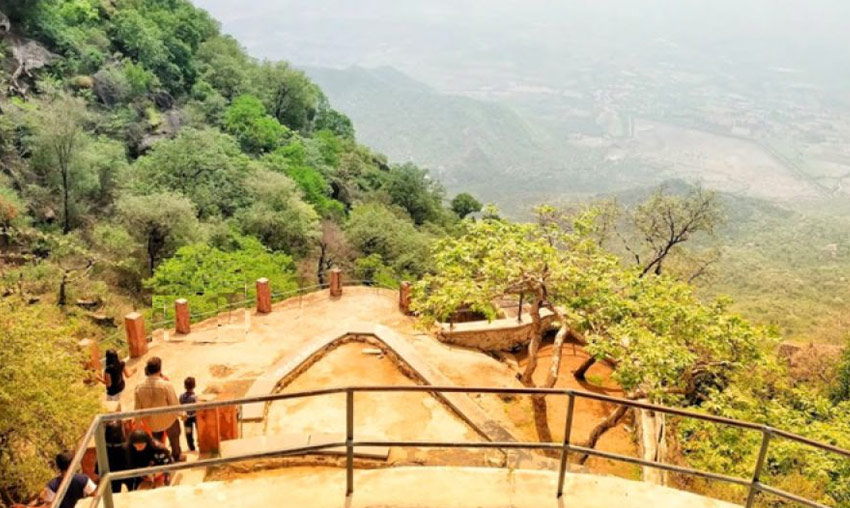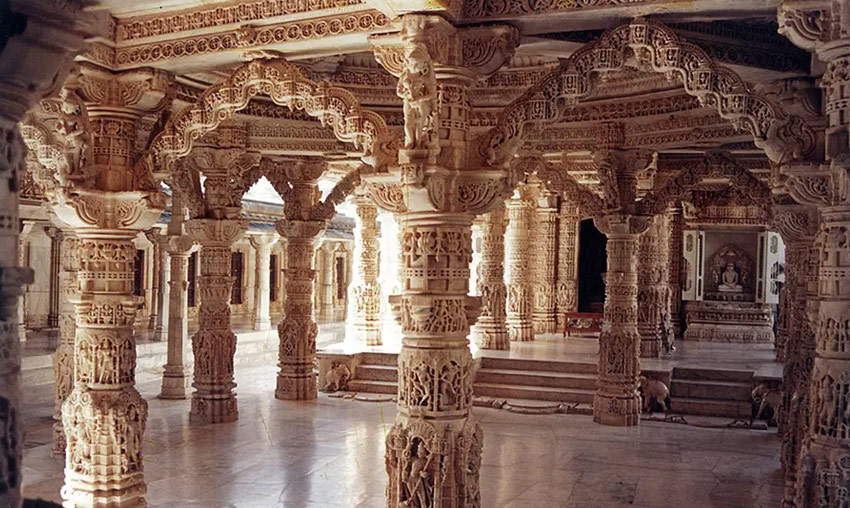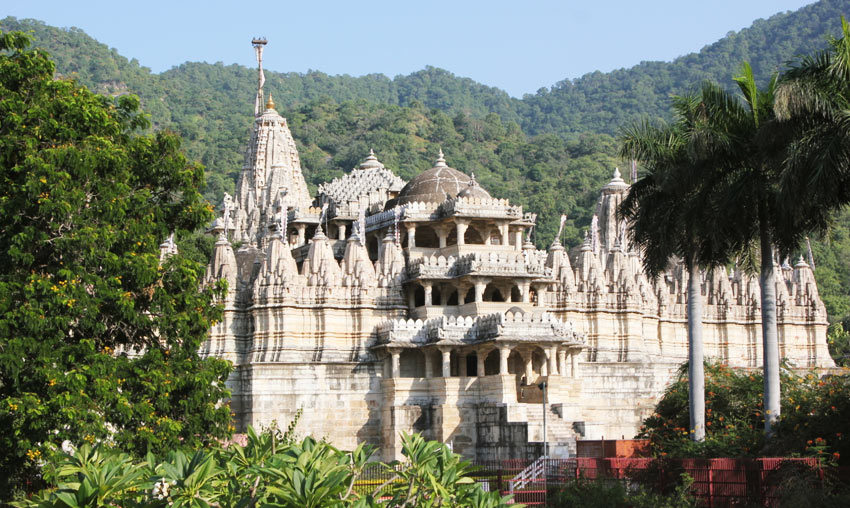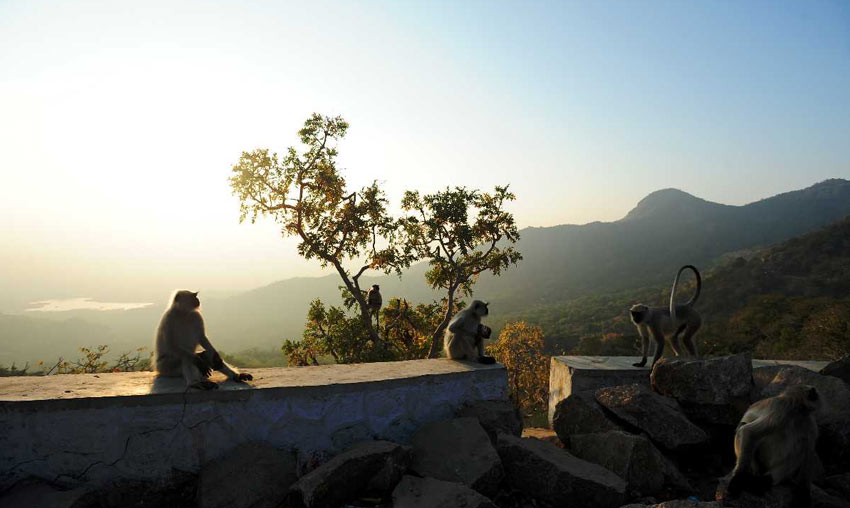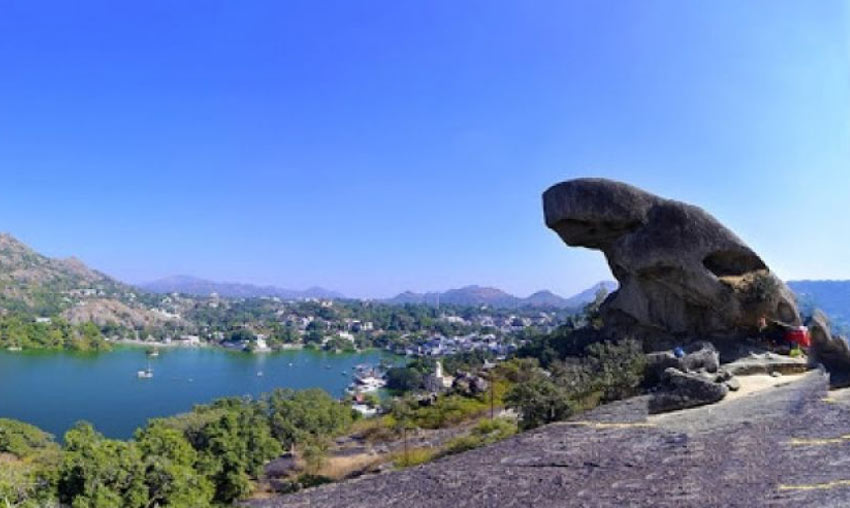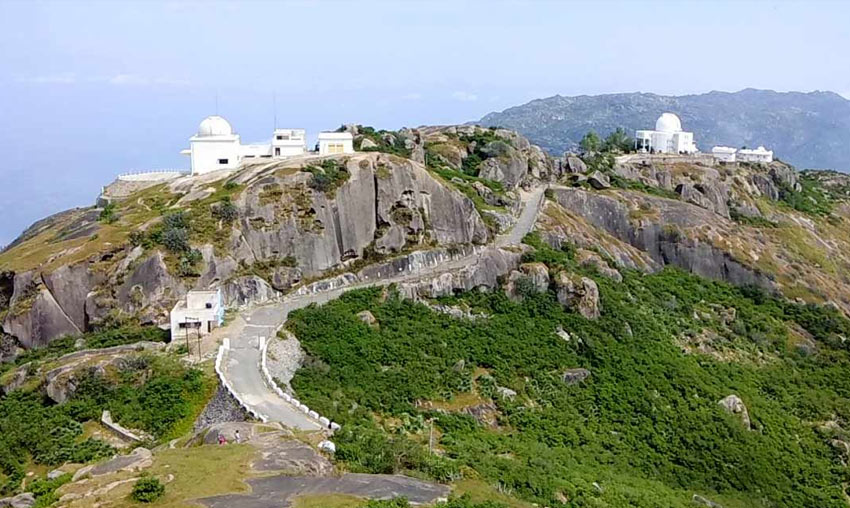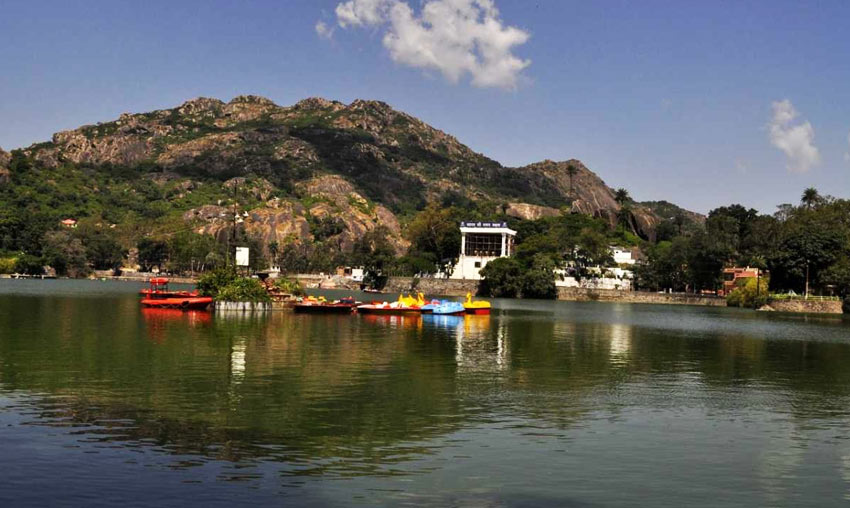Mount Abu - A beautiful hill station in Rajasthan
Of course, the main draw of the Dilwara temples is their incredibly ornate design. One might easily spend hours pondering how these structures were constructed over the course of two centuries, or nearly a millennium ago. The temples have remarkably endured the test of time, having been purposefully designed to be unassuming from the exterior to deter robbers.
Best time to visit Mount Abu
While Mount Abu is open all year round, the winter months of November through March are the ideal times to visit. The weather is lovely on Mount Abu all year round.
How to Reach Mount Abu
The closest airport to the city is 185 kilometres away at Udaipur. About 25km from the main city, Abu Road is the closest railway station, with excellent connections to all major cities, including Delhi, Mumbai, Jaipur, etc. Additionally, Mt. Abu has excellent road connectivity to all major towns. By road is the most popular route to reach Mount Abu. Major cities may easily be reached by car from Mount Abu, and the closest national highway is number 14, which is 24 km away.
